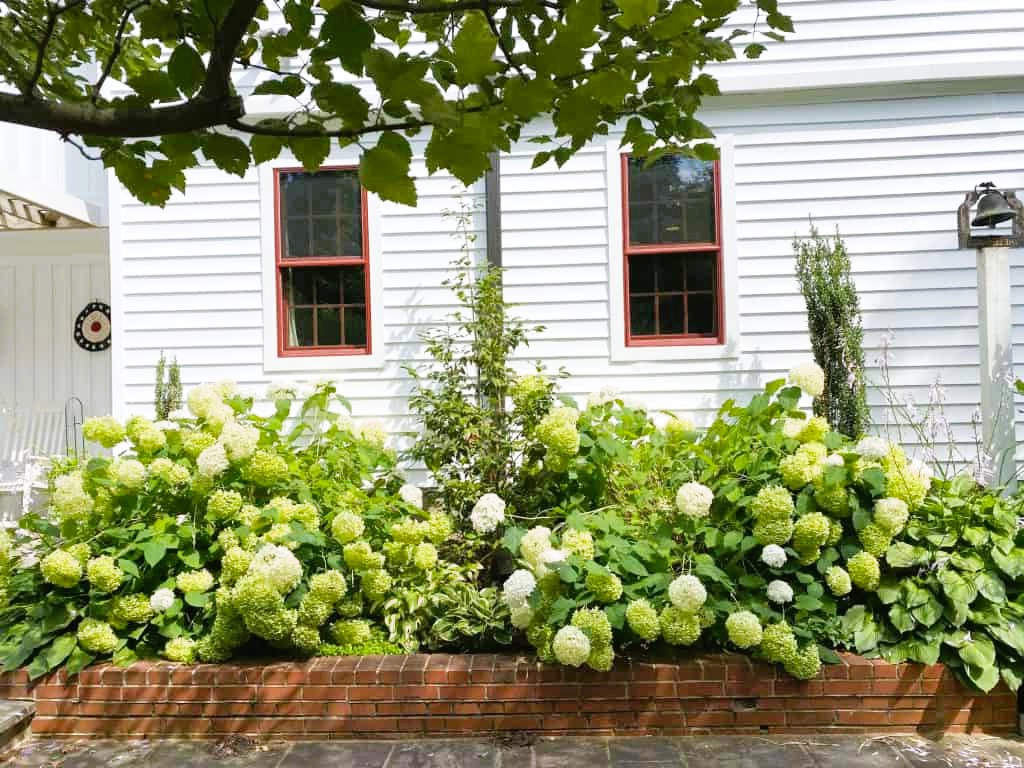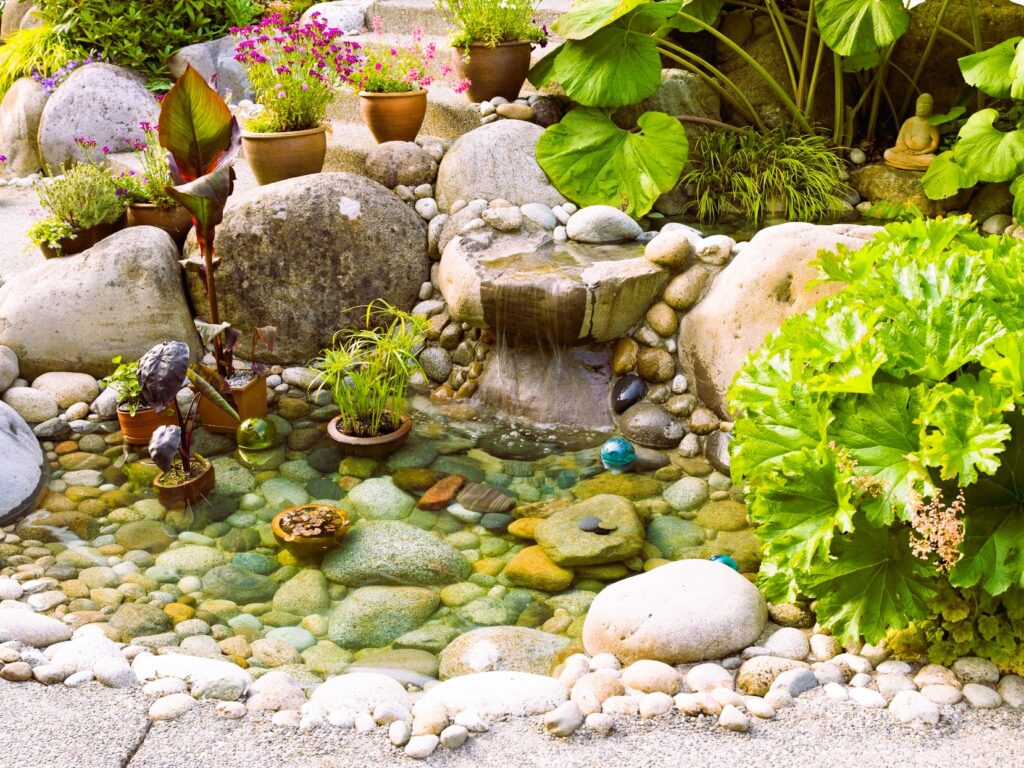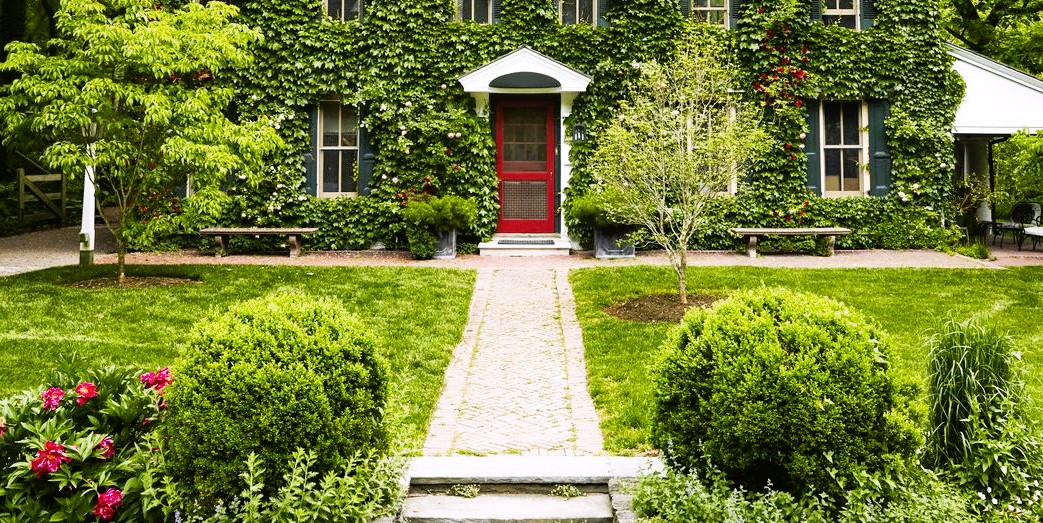Creating a Beautiful View: Tips for Landscaping around Windows
Landscaping around windows not only enhances the curb appeal of a home but also plays a crucial role in framing and complementing the views from interior spaces. Thoughtful landscaping can create a harmonious connection between the indoors and outdoors, adding beauty, privacy, and value to a property. In this article, we’ll explore tips for landscaping around windows, considering both aesthetic and practical aspects to achieve a stunning and functional result.
1. Frame the View with Greenery
a. Strategic Plant Placement:
When planning landscaping around windows, strategically place plants to frame the view. Consider the size and growth patterns of plants to ensure they enhance, rather than obstruct, the visual appeal from inside.
b. Evergreen Options:
Evergreen shrubs and trees are excellent choices for window landscaping. They provide year-round greenery and act as a natural frame for the view. Popular evergreen options include boxwoods, hollies, and arborvitae.
c. Flowering Plants for Color:
Introduce flowering plants for bursts of color. Choose varieties that bloom at different times of the year to maintain visual interest. Roses, hydrangeas, and flowering perennials can add vibrant hues to the landscape.
2. Maintain Proper Scale and Proportion

a. Consider Window Size:
Match the scale of your landscaping elements to the size of your windows. Avoid overpowering small windows with large plants or creating a cluttered look around expansive windows. How window placement affects home ventilation is answered here.
b. Layered Planting:
Create depth and dimension by incorporating layers of plants. Use taller plants towards the back and progressively shorter ones towards the front to maintain a balanced and visually appealing composition.
c. Mind the Architecture:
Consider the architectural style of your home when selecting landscaping elements. A modern home might benefit from sleek, minimalist plantings, while a traditional home could embrace more classic and ornate choices.
3. Privacy and Natural Screens
a. Strategic Privacy Plantings:
Utilize landscaping to enhance privacy without sacrificing aesthetics. Tall, dense plants like bamboo, ornamental grasses, or tall shrubs can act as natural screens, providing seclusion without completely blocking views.
b. Window Boxes and Containers:
Incorporate window boxes or containers for plants that add privacy without compromising natural light. Cascading vines or tall grasses in containers can create an elegant and movable solution for window privacy.
c. Living Fences:
Consider living fences made of plants like cypress or leylandii to define outdoor spaces and provide a green barrier. These living fences not only add privacy but also contribute to the overall landscaping design.
4. Seasonal Maintenance and Appeal
a. Year-Round Interest:
Plan your landscaping to provide year-round interest. Include a mix of plants with different seasonal characteristics, such as flowering trees in spring, lush greenery in summer, vibrant foliage in fall, and architectural interest in winter.
b. Regular Pruning and Trimming:
Maintain the beauty of your window landscaping with regular pruning and trimming. Keep plants well-groomed to prevent them from obstructing views, and remove any dead or diseased growth promptly.
c. Seasonal Flower Rotations:
Rotate seasonal flowers in window boxes or planters to keep the look fresh and dynamic. Experiment with different color schemes and flower varieties to suit each season.
5. Water Features and Hardscaping Accents

a. Incorporate Water Elements:
Enhance the tranquility of your window views by incorporating water features. Small ponds, fountains, or birdbaths can add a soothing element to the landscape while attracting wildlife.
b. Hardscaping for Definition:
Use hardscaping elements such as paths, decorative stones, or retaining walls to define the landscaping around windows. These features add structure and contribute to a polished and well-designed look.
c. Outdoor Lighting:
Illuminate your window landscaping with outdoor lighting. Well-placed lights can highlight key plants, architectural features, or create a soft ambiance that extends the enjoyment of the landscape into the evening.
Conclusion
Landscaping around windows is an artful blend of nature and design, enhancing both the exterior aesthetics of a home and the interior views. By carefully selecting plants, considering scale and proportion, and incorporating elements for privacy and interest, homeowners can create a beautiful and functional landscape that complements their windows. Regular maintenance and thoughtful additions, such as water features and lighting, further contribute to a captivating and inviting outdoor environment.
For more information on landscaping tips and design considerations, visit Wikipedia. Stay informed about local climate considerations, native plant species, and sustainable landscaping practices to ensure your window views remain stunning and environmentally conscious. Whether you’re a gardening enthusiast or seeking professional landscaping services, a well-planned and maintained landscape can transform your home into a haven of natural beauty.

